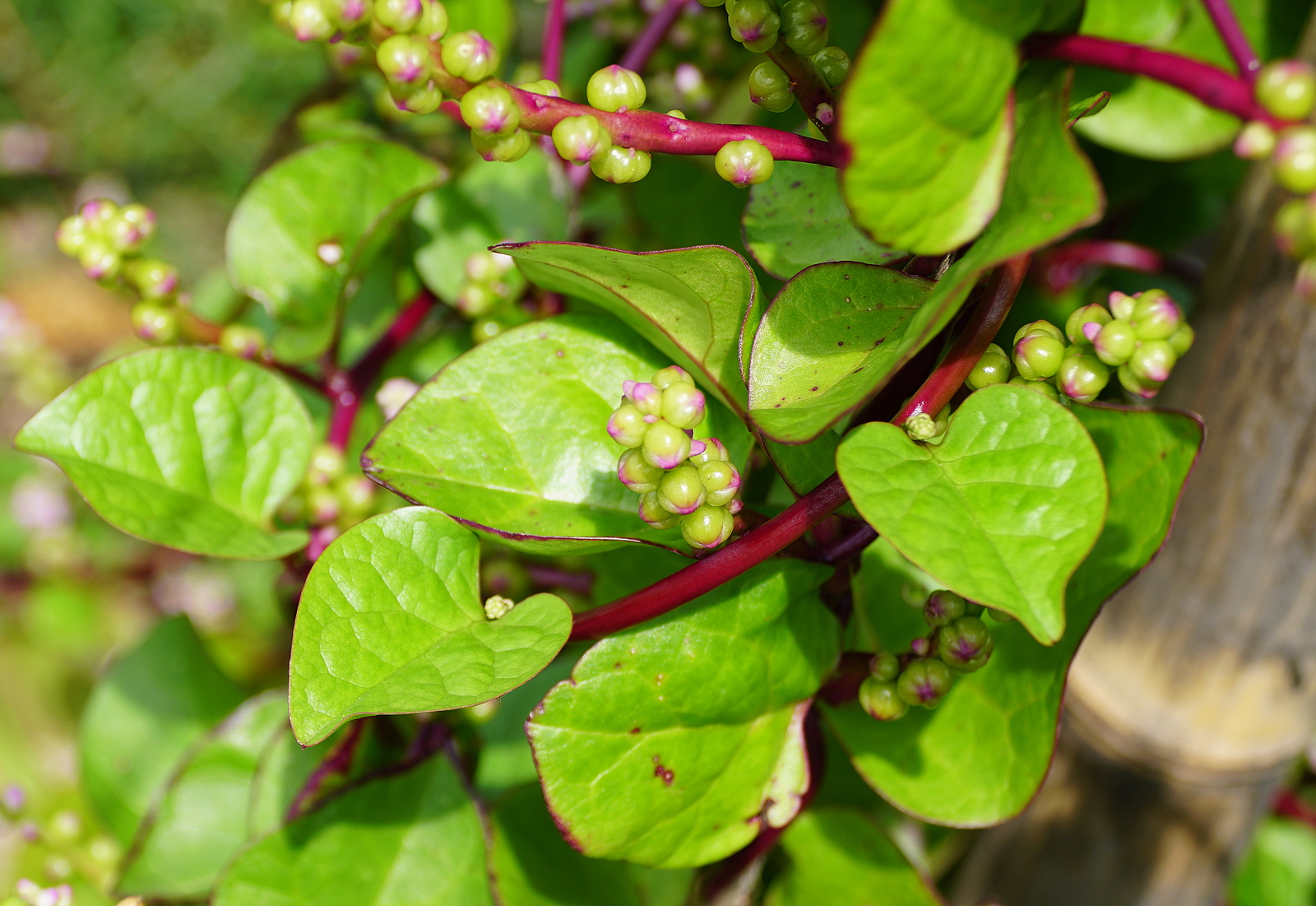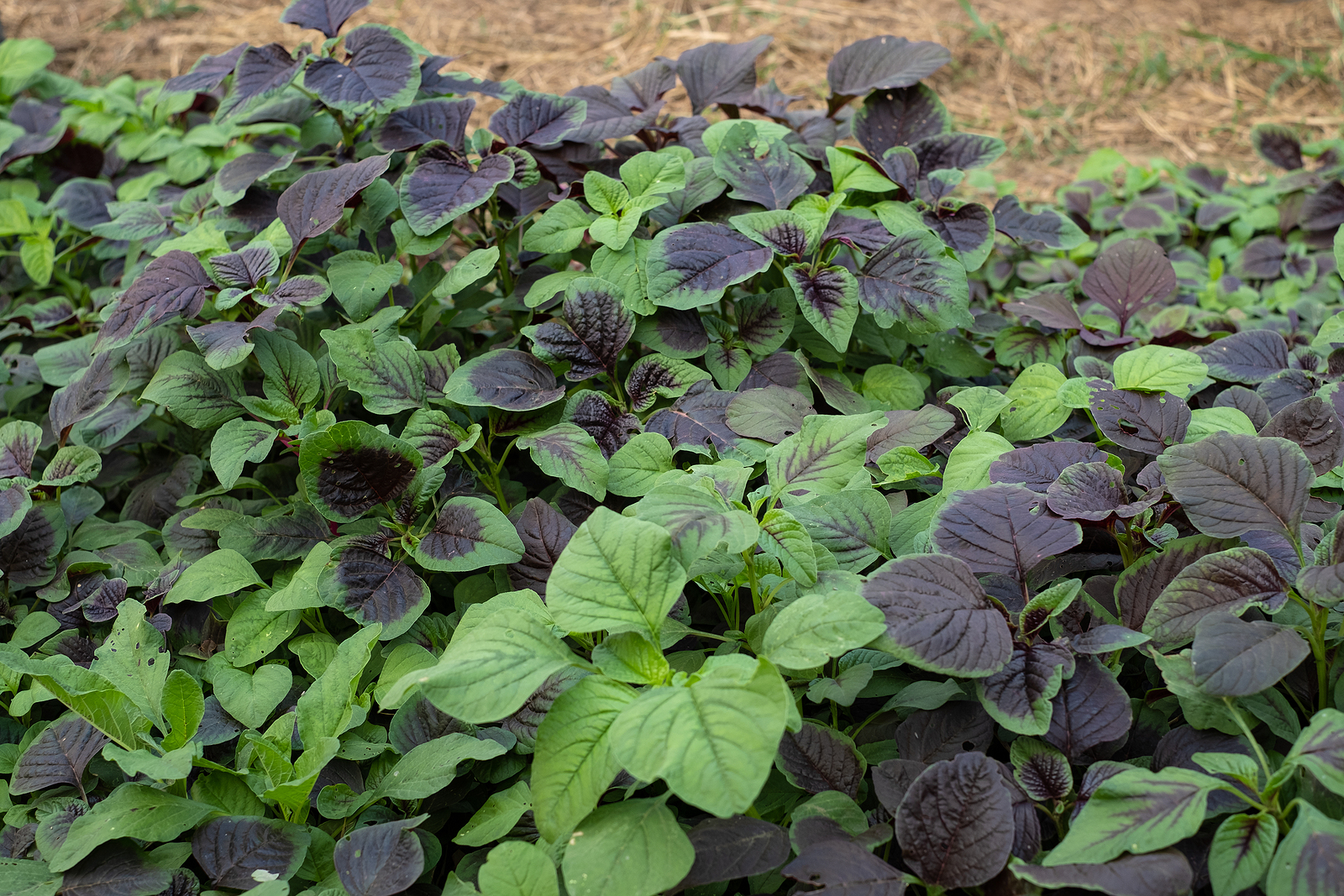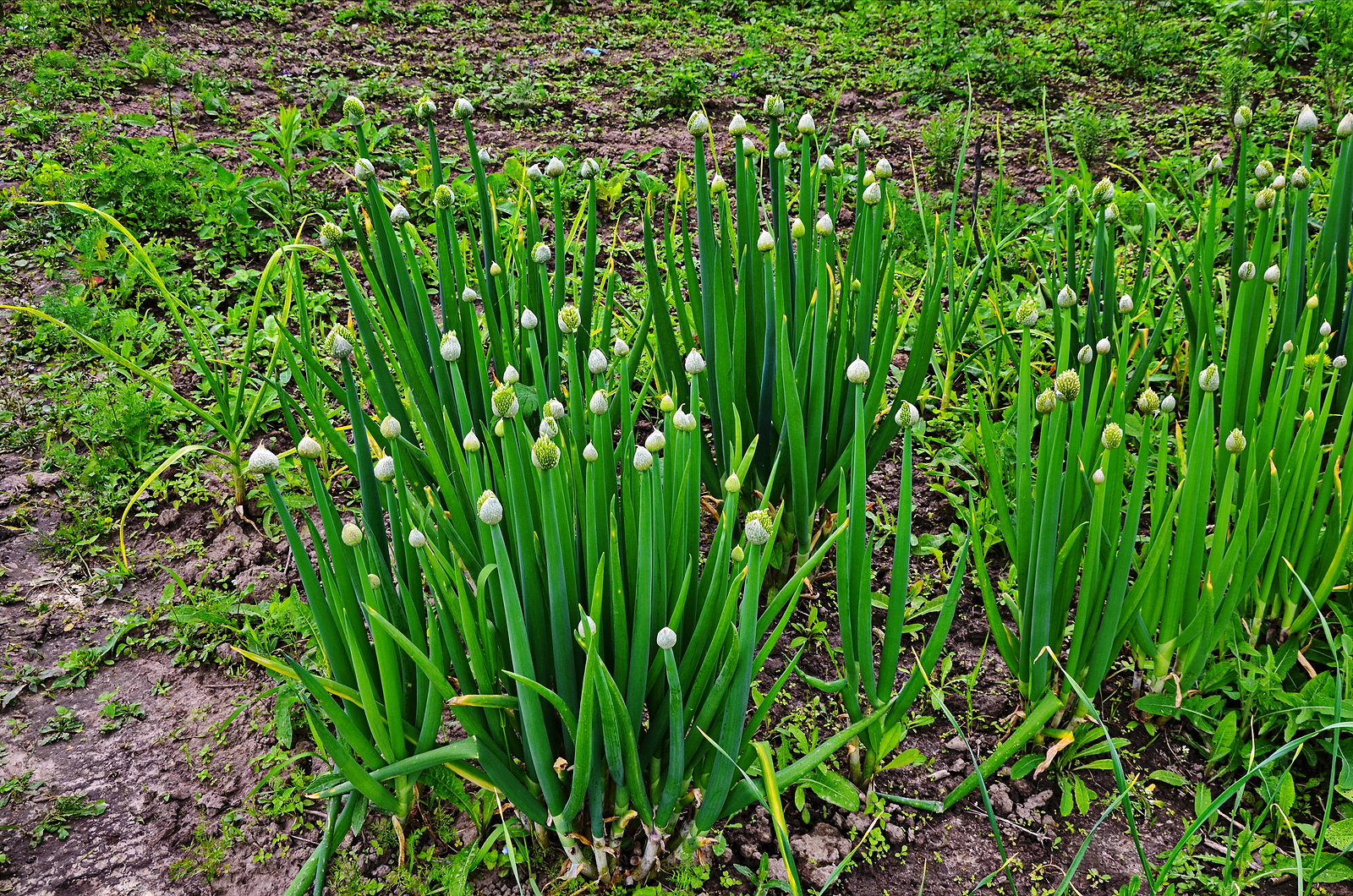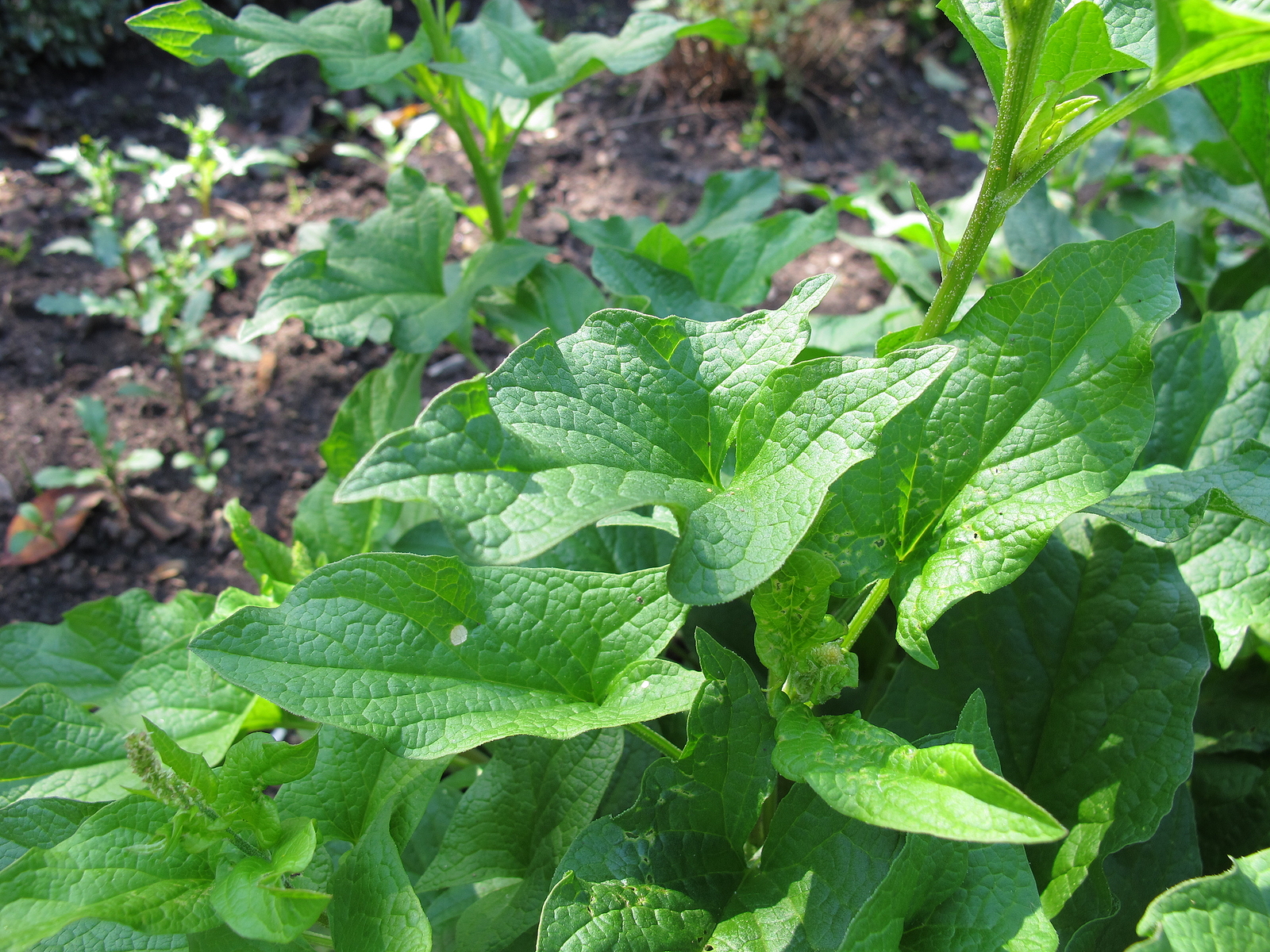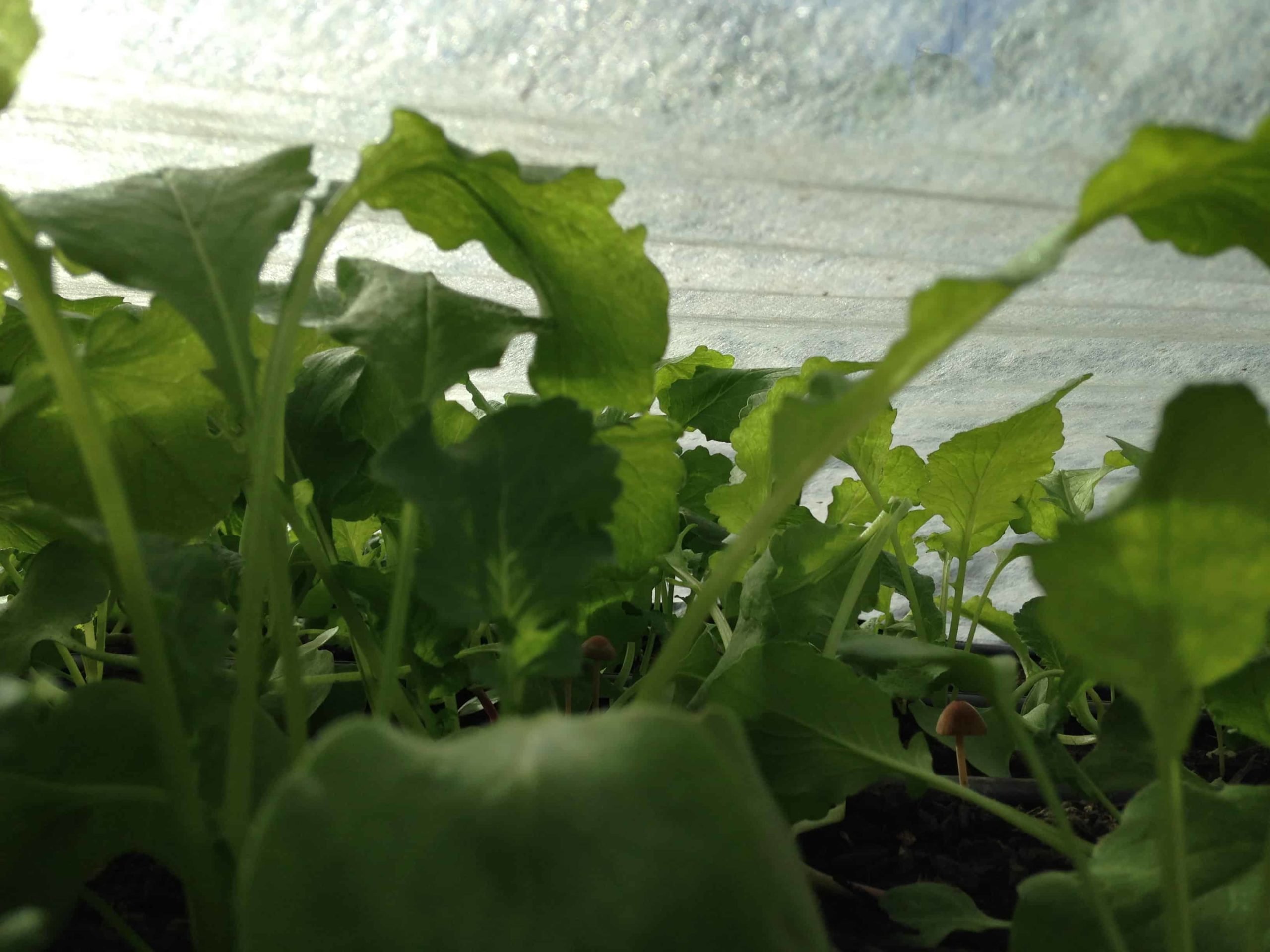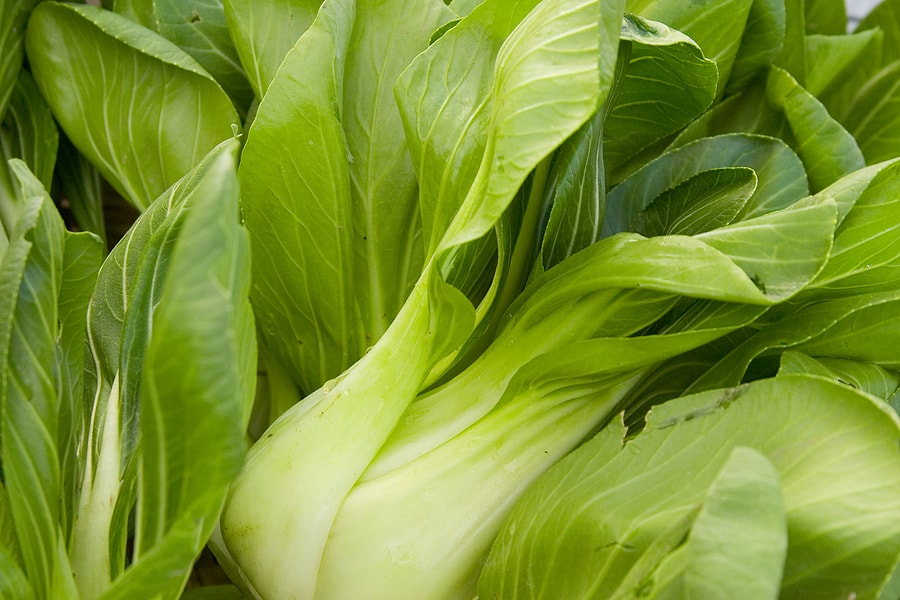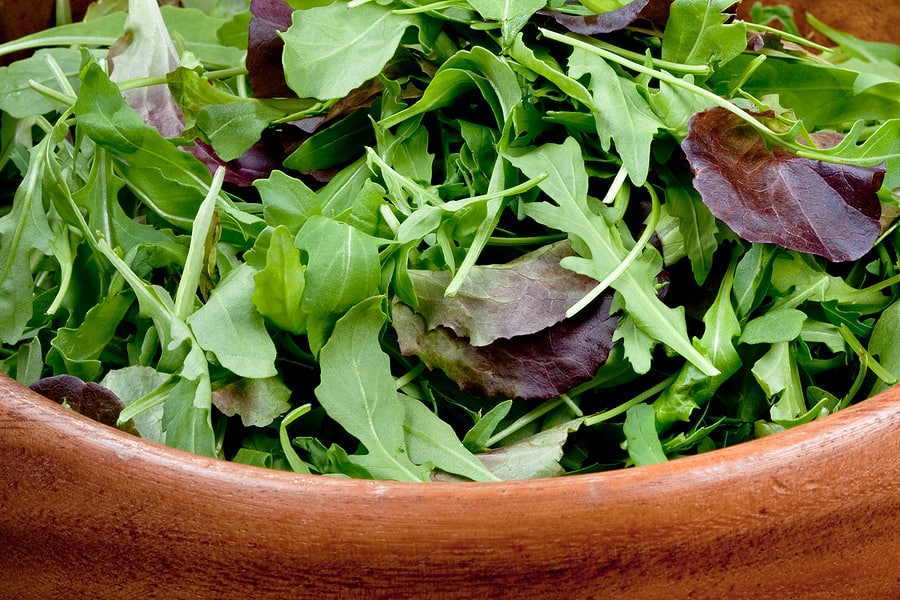How to Plant, Grow, and Harvest Malabar Spinach
Malabar spinach is a warm-season leafy crop that can be used as a hot-weather substitute for spinach and lettuce. You can follow an early spring crop of spinach or lettuce with a planting of Malabar spinach. Malabar spinach is a vining plant with thick, succulent, edible leaves. It is often compared to spinach, but it […] More

